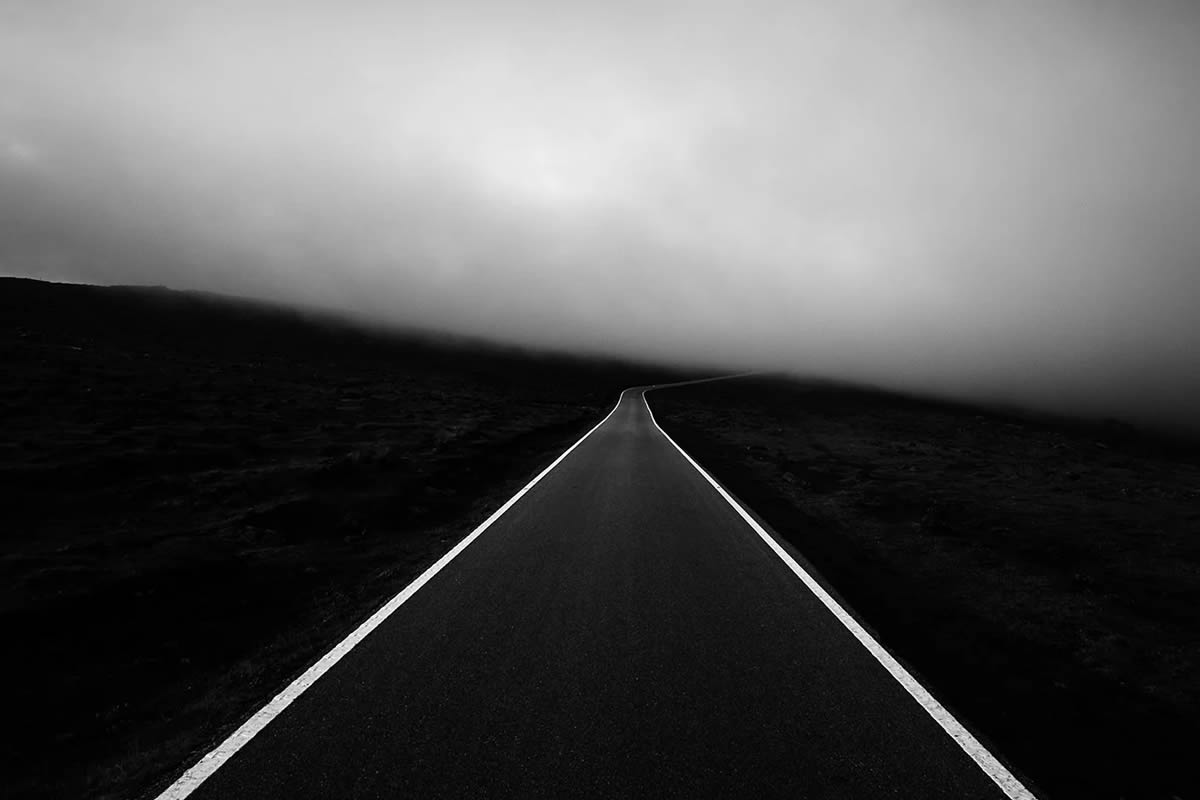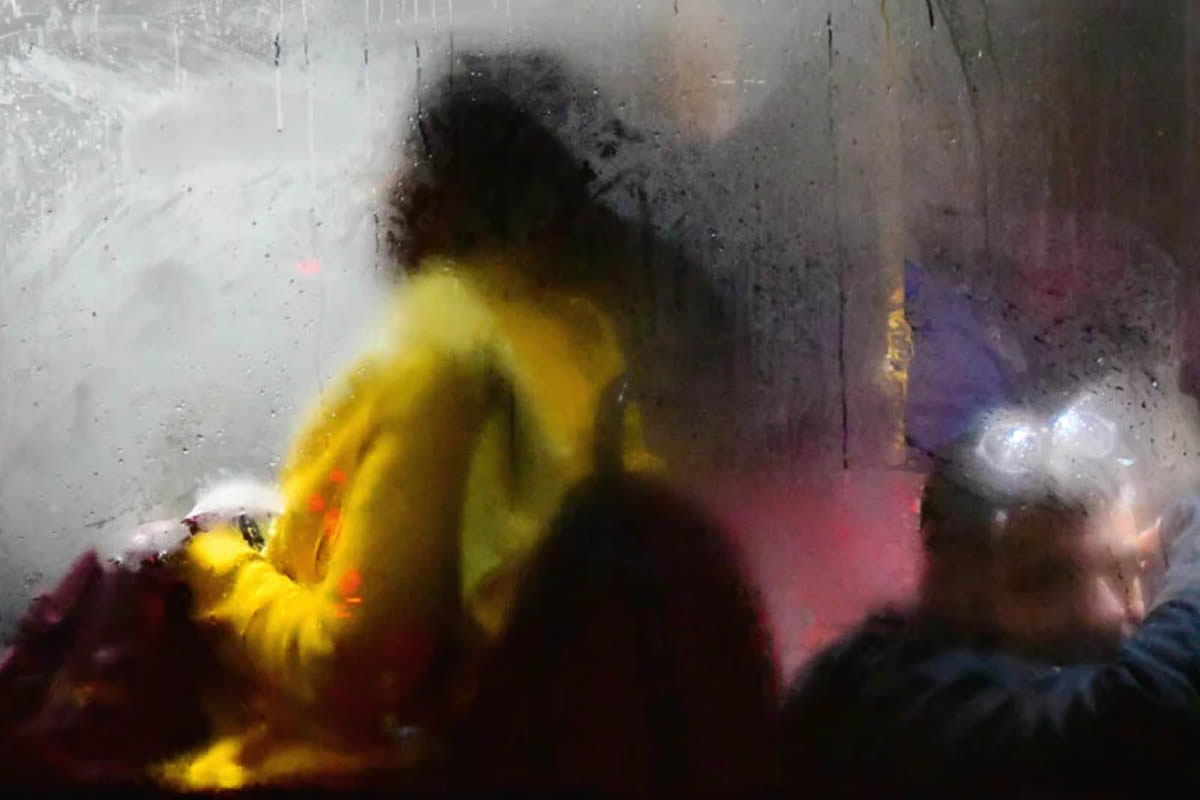Photography has long been a powerful medium, capturing moments that evoke emotion, inspire action, and even reshape our understanding of the world. Throughout history, some images have stood out for their ability to transcend time, becoming symbols of pivotal events and movements.
Below, we explore 20 iconic photographs that changed the world, providing the context and impact of each.
1. The Hindenburg Disaster (1937)
![]()
The image of the German airship Hindenburg engulfed in flames marked the end of the airship era. It became a symbol of technological failure and human tragedy.
2. The Flag Raising on Iwo Jima (1945)
![]()
Joe Rosenthal’s Pulitzer Prize-winning photograph captured the moment U.S. Marines raised the American flag on Mount Suribachi during World War II. It remains an enduring symbol of unity and perseverance.
3. The Falling Soldier (1936)
![]()
Taken by Robert Capa during the Spanish Civil War, this image allegedly captures the moment a soldier was shot. It remains a haunting reminder of the human cost of war.
4. D-Day Landing (1944)
![]()
Robert Capa’s grainy, chaotic images of the D-Day invasion in Normandy encapsulated the fear and heroism of the Allied forces.
5. V-J Day in Times Square (1945)
![]()
Alfred Eisenstaedt’s iconic photo of a sailor kissing a nurse captured the jubilation at the end of World War II.
6. Lunch Atop a Skyscraper (1932)
![]()
This daring photograph of construction workers eating lunch on a beam high above New York City symbolizes the indomitable human spirit during the Great Depression.
7. Migrant Mother (1936)
![]()
Dorothea Lange’s photo of a destitute mother during the Great Depression became an emblem of resilience and the plight of the poor.
8. Gandhi and the Spinning Wheel (1946)
![]()
Margaret Bourke-White’s photograph of Mahatma Gandhi with his spinning wheel became a symbol of nonviolent resistance and self-reliance.
9. Rosa Parks Arrest (1955)
![]()
This photo of Rosa Parks being fingerprinted after refusing to give up her bus seat became a powerful symbol of the Civil Rights Movement.
10. The Moon Landing (1969)
![]()
Neil Armstrong’s photograph of Buzz Aldrin standing on the lunar surface symbolized humanity’s giant leap into space exploration.
11. Tank Man (1989)
![]()
An unidentified man standing in front of tanks in Tiananmen Square became a global icon of resistance and bravery.
12. Earthrise (1968)
![]()
Taken by astronaut William Anders during the Apollo 8 mission, this photograph of Earth rising over the moon inspired the modern environmental movement.
13. The Afghan Girl (1984)
![]()
Steve McCurry’s portrait of Sharbat Gula, with her piercing green eyes, became a symbol of the plight of refugees worldwide.
14. Nelson Mandela Released (1990)
![]()
Images of Mandela walking free after 27 years in prison marked the beginning of South Africa’s transition from apartheid.
15. 9/11 Falling Man (2001)
![]()
Richard Drew’s haunting photograph of a man falling from the Twin Towers became one of the most controversial images of the 9/11 attacks.
16. First Image of a Black Hole (2019)
![]()
This groundbreaking photograph of a black hole provided direct visual proof of Einstein’s theories and was a milestone in astrophysics.
17. Hiroshima Mushroom Cloud (1945)
![]()
The photo of the mushroom cloud over Hiroshima revealed the devastating power of nuclear weapons.
18. John Lennon and Yoko Ono (1980)
![]()
Annie Leibovitz’s photograph of John Lennon embracing Yoko Ono, taken hours before his assassination, captured their deep bond.
19. The Wright Brothers’ First Flight (1903)
![]()
A historic photograph of the Wright brothers’ first flight marked the beginning of modern aviation.
20. The Mars Rover Selfie (2012)
![]()
A self-portrait of the Curiosity rover on Mars demonstrated humanity’s technological prowess and ambition for interplanetary exploration.
Conclusion
These 20 photographs are more than just images; they are windows into humanity’s triumphs, tragedies, and resilience. Each photo has shaped how we see the world, reminding us of the power of a single frame to inspire change and connect us all.




